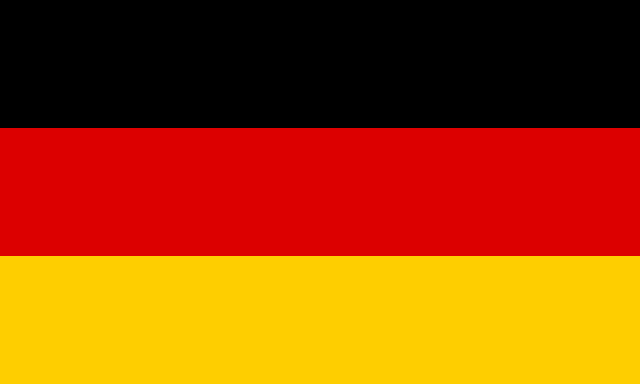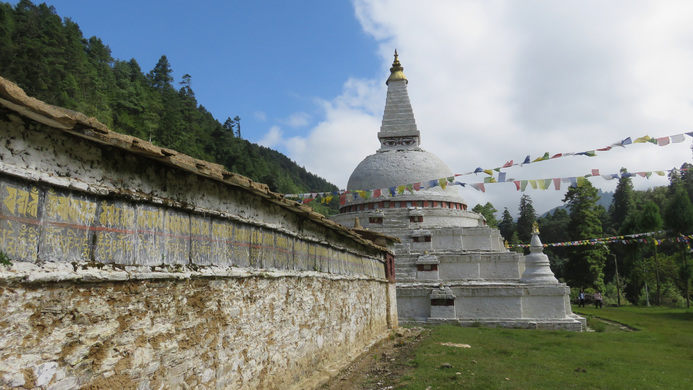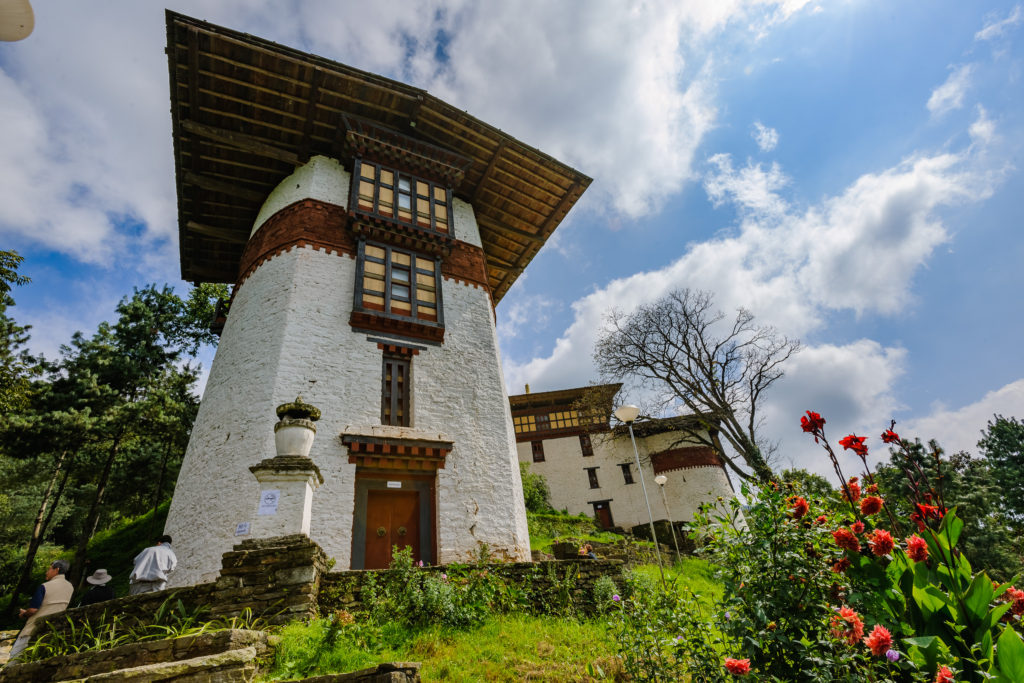TRONGSA
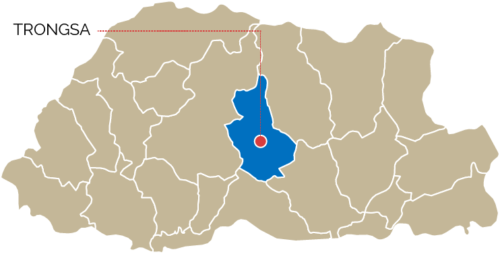
Destinations
THINGS TO DO
Chogyal Minjur Tempa built The Ta Dzong, a cylindrical stone structure rising five storeys. As task entrusted to him by Zhabdrung Ngawang Namgyal, he established the dzong in 1652. After more than 350 years, it has been resurrected into a classy museum that represents a tasteful blend of tradition and modernity. Moreover, there are 224 items on display including a sacred image of Sung Joenma Dorji Chang (self spoken Vajradharna) and a bronze statue of Pema Lingpa made by himself. Additionally, a number of centuries-old treasures like dance and ritual costumes and objects, ancient prayer books, paintings and scrolls, and textiles. The Ta Dzong is a living museum and the main lhakhang in the Utse is dedicated to the Maitreya Buddha (Gyaltsab Jampa), also known as the Future Buddha). Likewise, a Khesar Lhakhang is dedicated to Khesar of Ling. The tower has always been a place of retreat and there are hermits in practice, including two yogis, who are in life long meditation. The Ta Dzong is the only structure that has been restored specifically. It serves as a tribute the Wangchuck dynasty as Bhutan celebrates the centenary of the Monarchy.
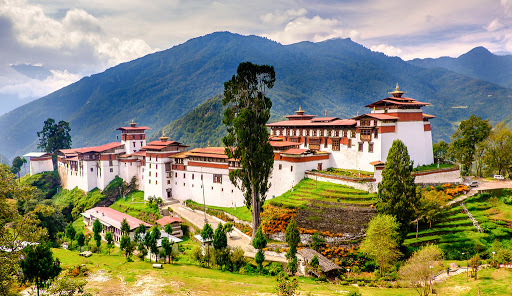
Like almost all towns in the Kingdom, this Dzong architecture dominates the entire Trongsa horizon dwarfing the surrounding buildings. Built in 1648, it was the seat of power over central and eastern Bhutan. Both the first and second King ruled the country from this ancient seat. Protected from invaders by an impenetrable valley, Trongsa Dzong is an impregnable fortress. The Dzong itself is a labyrinth of temples, corridors and offices holding court over the local community. It is built on many levels into the side of the hill and can be seen from every approach to Trongsa heralding its strength as a defensive stronghold.



